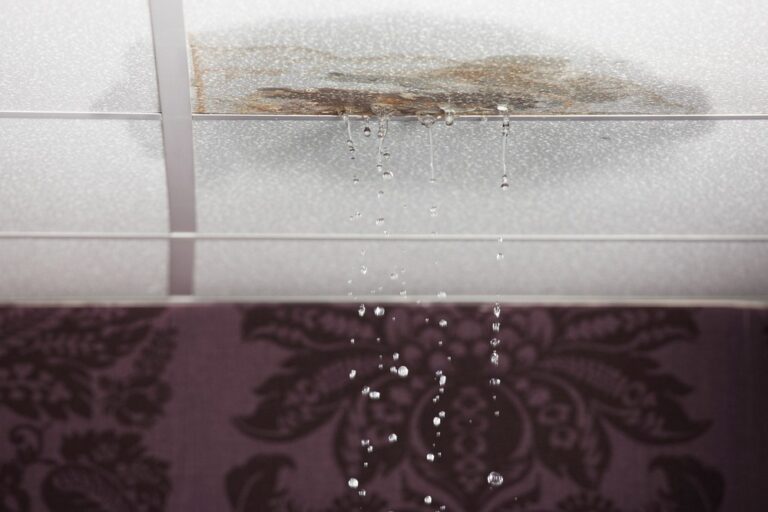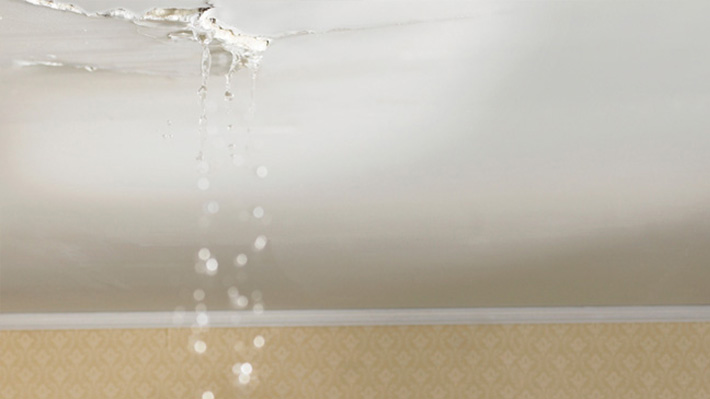📞 (504) 384-0676 📍 1 Galleria Blvd Suite 1900, Metairie, LA 70001⏰ 08:00 A.M. – 05:00 P.M.
Why Is My Roof Sagging? Causes, Signs, And Solutions For 2025

If you’ve recently looked up and asked yourself, “Why is my roof sagging?”, you’re not alone. Sagging roofs are a common issue faced by homeowners across Houston, New Orleans, and other humid, storm-prone areas. Whether you notice a slight dip or a dramatic curve, a sagging roof is often a sign of serious structural issues that need prompt attention. In this 2025 roofing guide, we’ll explore the most common reasons for roof sagging, what warning signs to look for, and when to repair or replace your roof to protect your home and investment.

What Causes A Roof To Sag?
There are several reasons why your roof may be sagging, many of which stem from long-term structural stress, moisture problems, or poor workmanship. Common culprits include:
- Water damage from roof leaks or clogged gutters
- Excessive roof weight, especially from heavy shingles or snow
- Structural failure due to undersized or damaged rafters
- Poor ventilation, leading to trapped humidity and wood rot
- Old age—roofs naturally weaken over time, especially past 20–30 years
In cities like Houston and New Orleans, where heavy rainfall, hurricanes, and humidity are regular occurrences, roof systems can deteriorate more quickly if not properly maintained.
Warning Signs Of A Sagging Roof
Aside from the visible dip in the roofline, here are other red flags to watch out for:
- Uneven or wavy roof appearance from the street
- Cracks in interior ceilings or upper walls
- Sticking windows or doors
- Water stains or leaks in the attic
- Sounds of creaking wood in the ceiling
If you notice any of these signs, it’s time to schedule a professional inspection. Left unchecked, a sagging roof can collapse and pose safety risks to your home and family.
How Houston And New Orleans Weather Accelerates Sagging
Both Houston and New Orleans experience intense seasonal weather: heavy rains, humidity, hurricanes, and even the occasional freeze. These environmental conditions can accelerate common roof issues, including:
- Trapped moisture, causing wood rot in rafters and decking
- Termite or mold damage, especially in poorly ventilated attics
- Gutter overflow, leading to water seepage under shingles and fascia
- Wind damage, loosening supports and adding stress on load-bearing sections
Homes in low-lying or flood-prone areas must be especially proactive with roof inspections.
How To Fix A Sagging Roof: Roof Repair vs. Roof Replacement
The best approach depends on the extent of the damage and the age of your roof:
- Minor sagging may be repairable by replacing damaged rafters or adding structural reinforcements.
- Moderate sagging might require partial roof reconstruction and improved drainage or ventilation.
- Severe sagging, especially in older homes, often means a full roof replacement is the safest option.
A roofing expert from Simplex Roof can provide a custom evaluation and help you weigh the costs and benefits of each option.
How To Prevent Future Roof Sagging
Here are proactive steps to protect your roof year-round:
- Clean gutters regularly to prevent water backup
- Inspect your attic for moisture, wood rot, or pests
- Ensure proper ventilation to reduce humidity buildup
- Avoid overloading your roof with too many layers of shingles
- Schedule annual roof inspections, especially after storms
Regular maintenance can extend your roof’s lifespan and catch problems before they become dangerous or expensive.
Conclusion: Don’t Ignore A Sagging Roof
If you’re wondering, “Why is my roof sagging?”, the answer could range from weather-related damage to structural deterioration. In 2025, it’s more important than ever for homeowners in Houston, New Orleans, and nearby areas to stay on top of roof maintenance. A sagging roof is not just a cosmetic issue—it’s a signal that your home may be at risk.
Simplex Roof is here to help. With decades of experience in local roofing, our team can inspect your roof, identify the root cause of sagging, and recommend the best path forward. Contact us today for a free estimate and get peace of mind knowing your home is protected from the top down.





